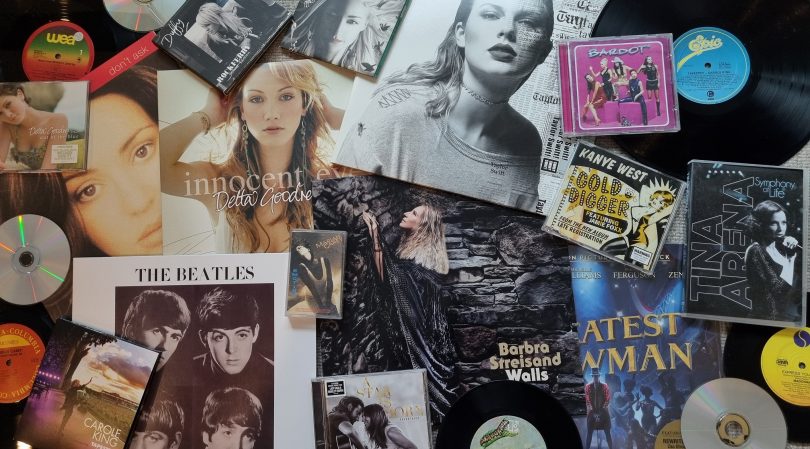The Australian music industry’s revenue has surged 37 per cent thanks to a boom in streaming subscriptions since online platforms like Spotify were first introduced in 2012.
Sales of physical albums and singles, digital downloads and subscriptions topped half a billion dollars in 2019 while sales grew a further 8 percent through 2020 despite the pandemic recession.
But since the Australian launch of Spotify and Deezer and their successors Apple Music, Tidal, Soundcloud, Amazon Music and YouTube Music, the way we listen to music has altered dramatically.
Australian Music Industry Sales
Beautiful, easy data visualization and storytelling
In 2012 Australians spent enough on albums and singles for every member of the population to have bought or downloaded one album and five singles each.
In 2020, Australians spent enough on streaming music to buy more than 37 million subscriptions across seven platforms, or 1.4 premium subscriptions per person.
Over the last nine years, the sale of physical and digital albums and singles has systematically collapsed as consumers overwhelmingly choose to stream music online.
Albums vs Subscriptions
Beautiful, easy data visualization and storytelling
The one exception is vinyl.
Sales of vinyl have grown from just under 78,000 units in 2012 to over 1.1 million in 2020, a sales boom of 1373 percent.
In 2020, the sales value of vinyls eclipsed digital album sales and almost beat out CD sales for the first time in decades.
But the reason for album ownership appears to be as audiences begin to treat them more like collectible merchandise.
While Gen X and Millennials are most likely to buy an album on vinyl, American sales stats have found 48 per cent of vinyl owners don’t play them.
Top selling content makes album sales demographics clearer.
At time of writing, the Australian iTunes albums top 40 includes 15 greatest hits or compilation albums and a further seven albums released before 2020.
The ARIA vinyl album top ten includes George Harrison, Queen, Pink Floyd, Fleetwood Mac and Nirvana.
The Spotify top forty has only one song released before 2020, Fleetwood Macs’ “Dreams”.
Tech giants Apple and Google have both seen the writing on the wall, pivoting from digital sales to streaming services.
As Gen Z and Gen Alpha come of age, it’s likely they will bring an adolescence of playlists with them.
How Australians spend money on music
Beautiful, easy data visualization and storytelling
The good news is Australians are spending more per head on music ($21.09 versus $13.47 in 2014) but the bad news is less of that money is likely to find its way into the pockets of Australian business.
Spotify is a Swedish company, Deezer is French while Amazon Music, Apple Music, YouTube Music and Tidal are American.
The Australian recording industry has been dominated by local subsidiaries of International brands since the 1990’s.
But streaming platforms risk globalising the local industry in unprecedented new ways.
While streaming services offer a democratisation of access for musicians, they pay between US$0.0008 (YouTube) and US$0.012 (Tidal) per stream.
They also offer eternal cultural archives, making every new release a competitor with every number one and earworm capable of being uploaded.
As the digital streaming revolution continues, artists will find themselves battling for attention on platforms with enough audio content to play non-stop for over 400 years.
Image: David Allen






